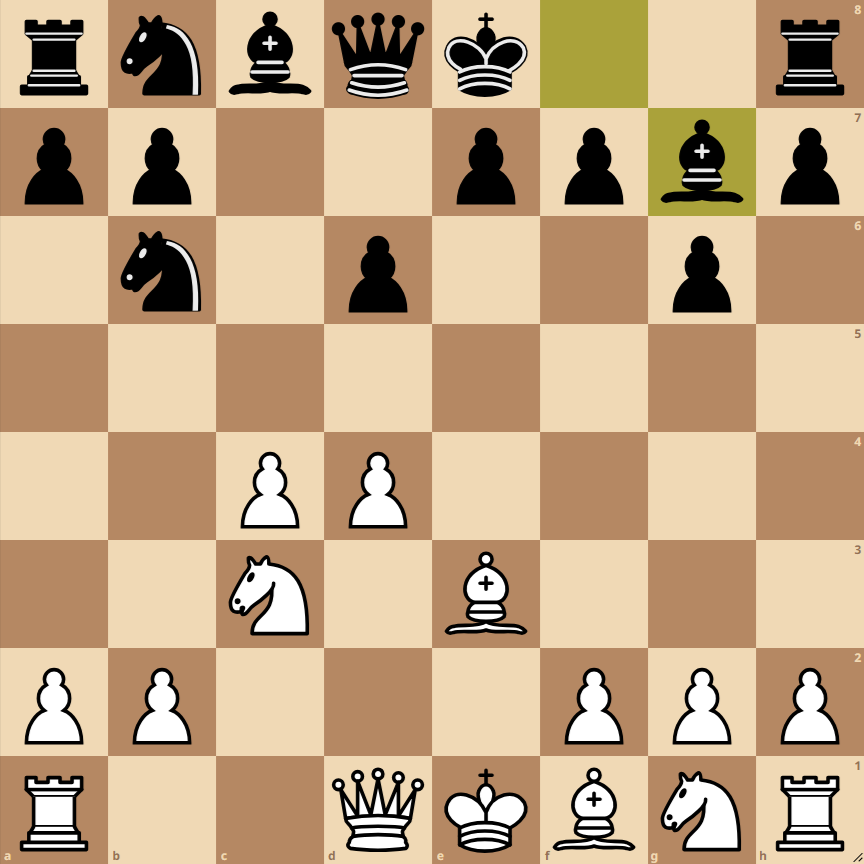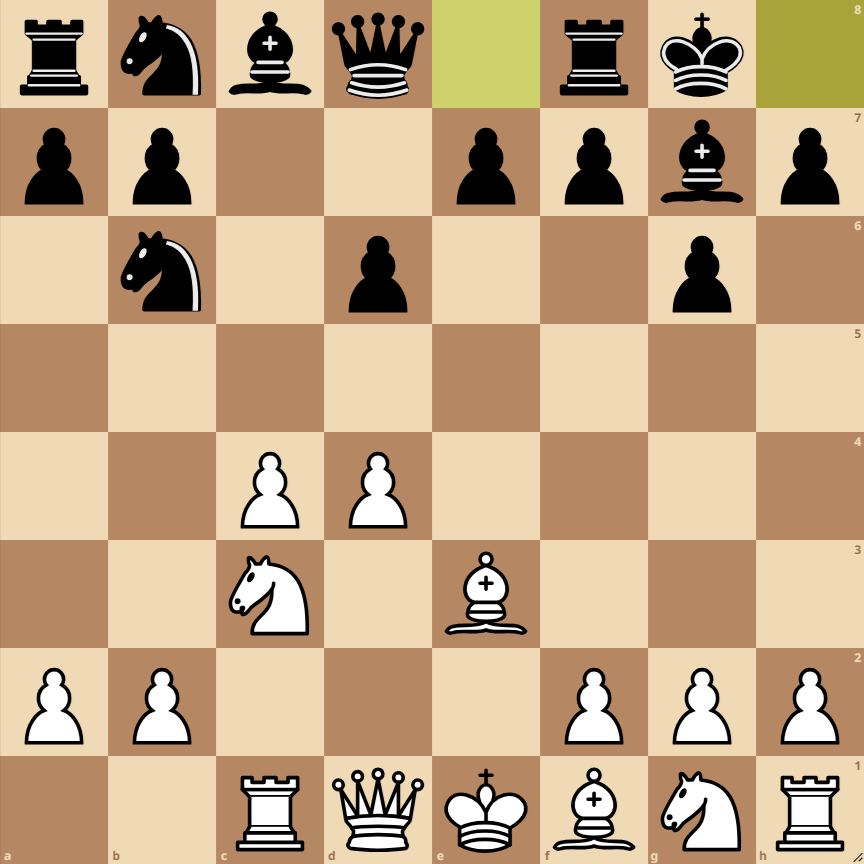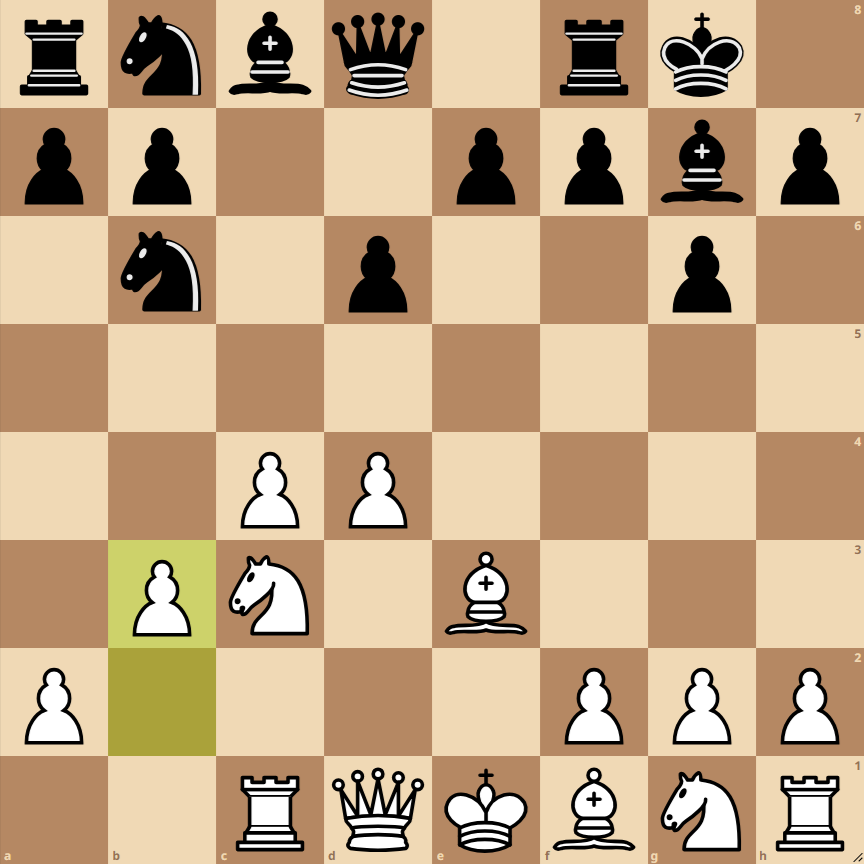How to Play the Alekhine Defense Exchange Variation Voronezh
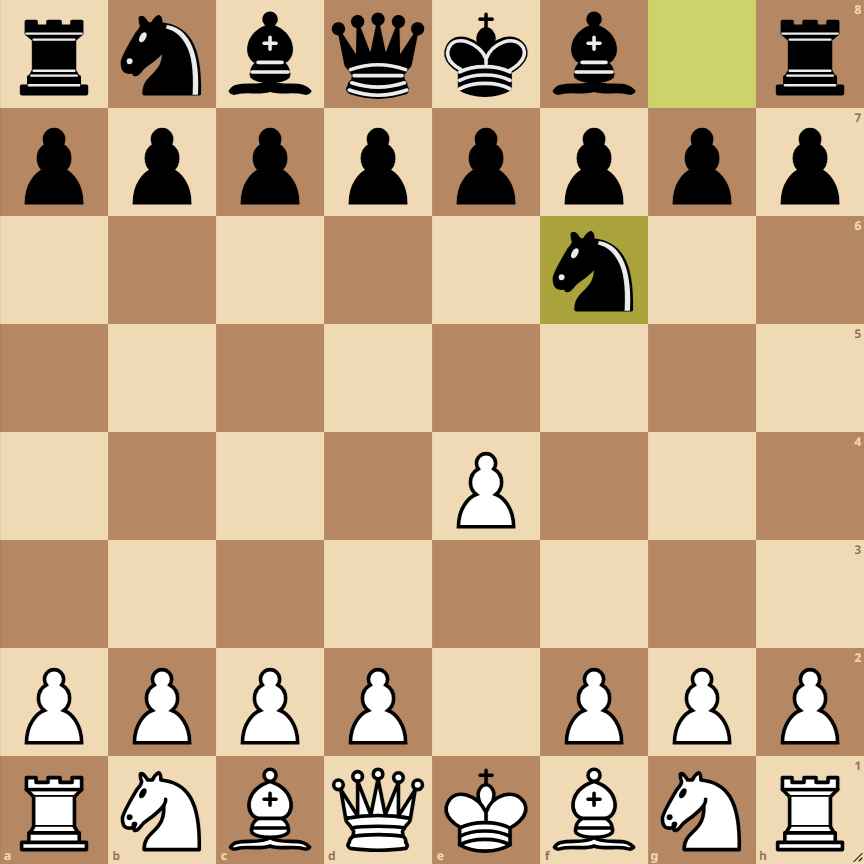
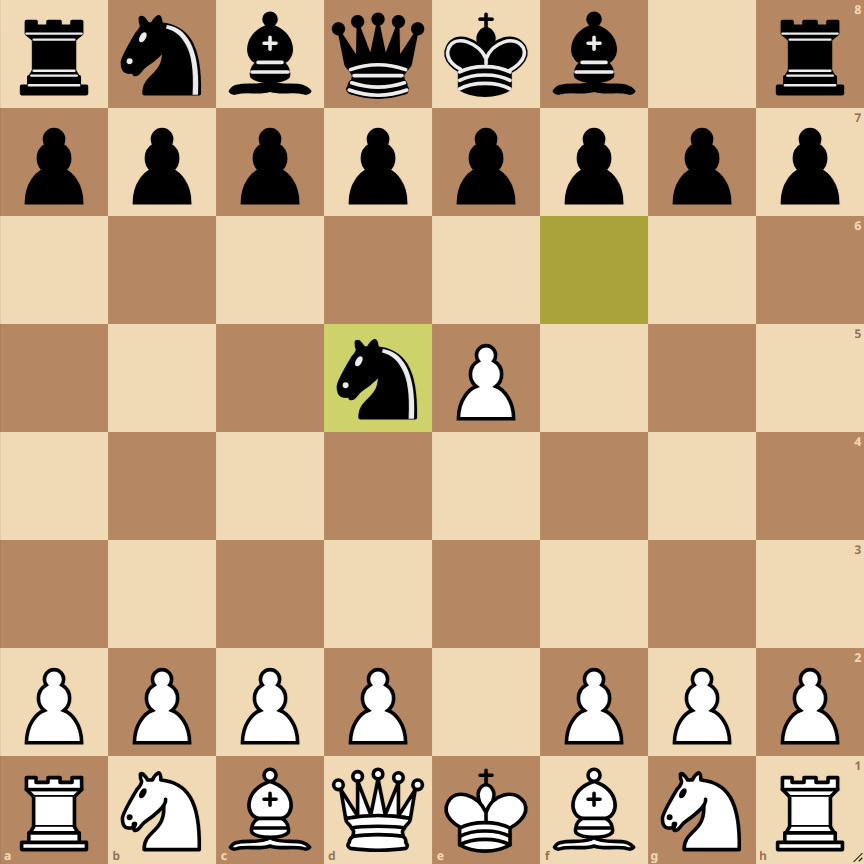
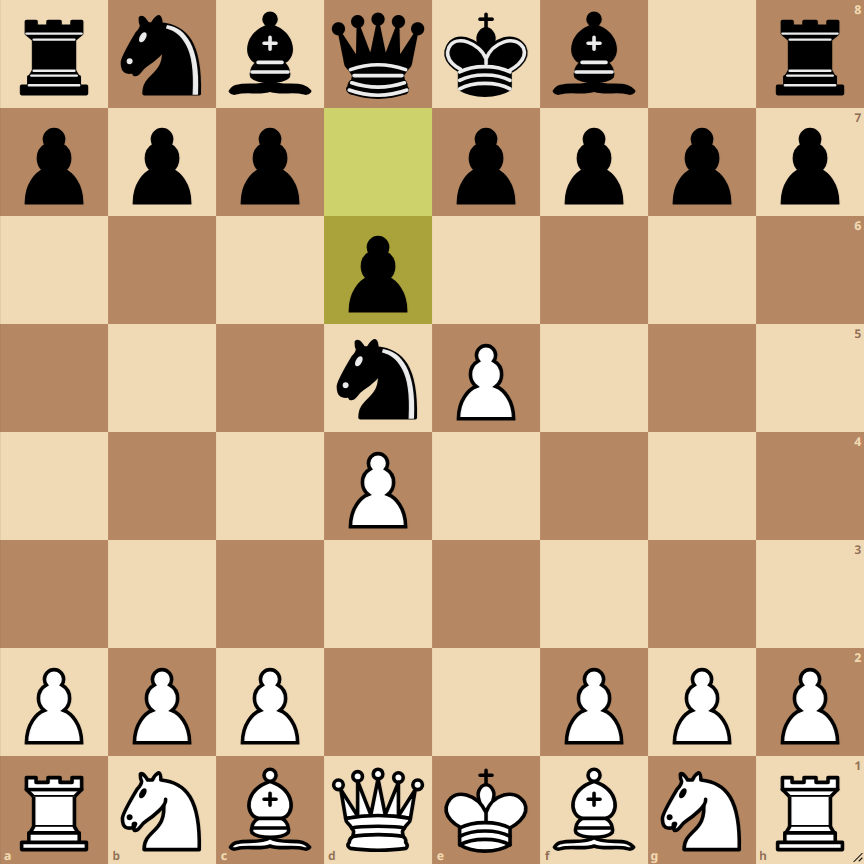
- 1. e4 Nf6: White starts by controlling the center, and Black responds by challenging the e4 pawn.
- 2. e5 Nd5: White advances the pawn to gain space and push the black knight, which moves to d5.
- 3. d4 d6: White strengthens its center while Black aims to undermine the e5 pawn.
- 4. c4 Nb6: White aims to solidify its center, and the black knight retreats to b6.
- 5. exd6 cxd6: White exchanges a central pawn, and Black recaptures, restructuring its pawn formation.
- 6. Nc3 g6: White develops the knight toward the center, and Black prepares to fianchetto its bishop.
- 7. Be3 Ag7: White develops a bishop, targeting the black king’s side, while Black fianchettos its king’s bishop.
- 8. Rc1 O-O: White places the rook on the semi-open file, and Black castles for king’s safety.
- 9. b3: White prepares the development of the light-squared bishop, solidifying its pawn structure.
Variations of the Alekhine Defense Exchange Variation Voronezh
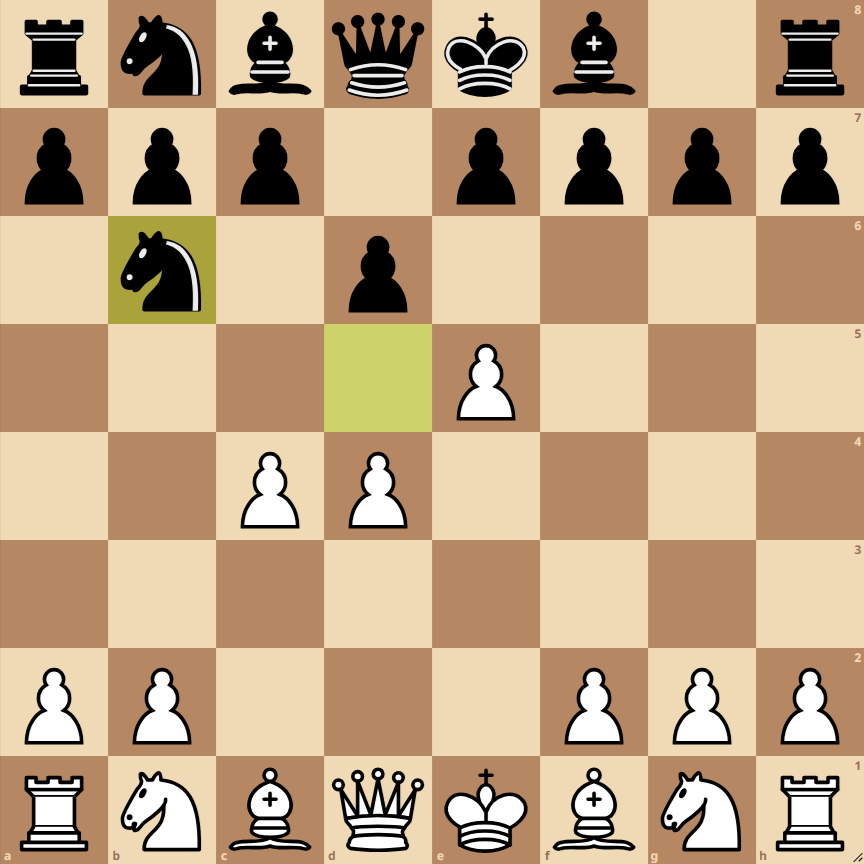
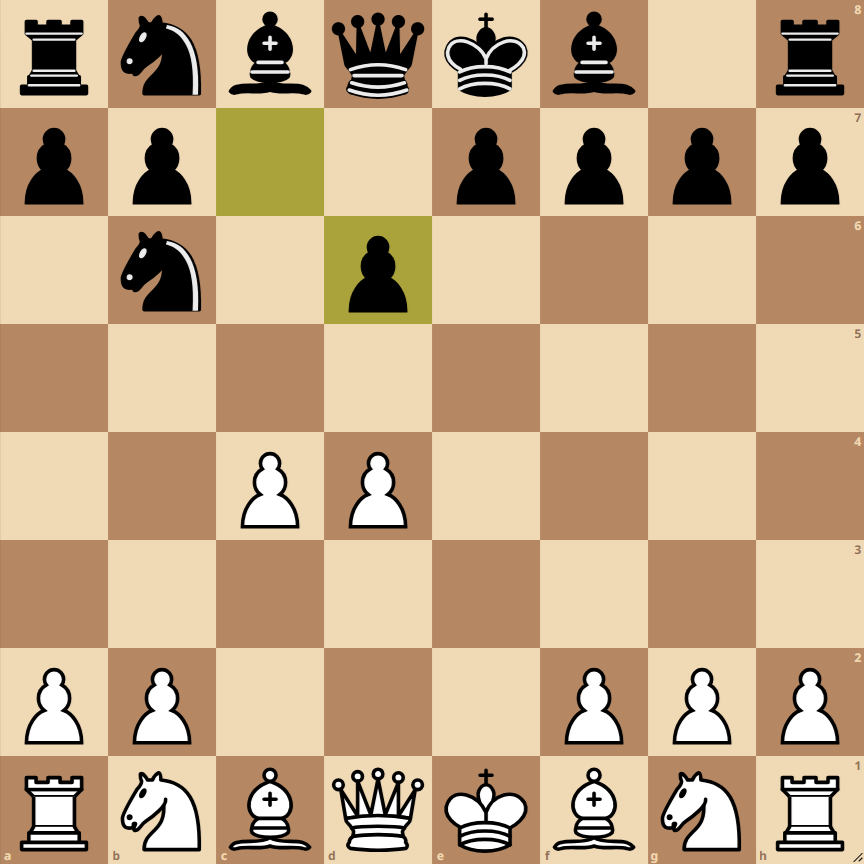

Modern Variation
In this variation, Black can choose to play …e6 or …Bg4, aiming to increase the activity of its pieces and pressure in the center.
Classic Variation
A more traditional approach where Black plays …Nc6 and …Bg7, seeking solid and positional play.
Aggressive Variation
Black can opt for a more aggressive approach with …f5, directly challenging White’s central pawn structure.
Alekhine Opening: Voronezh Exchange Variation – Analysis and Strategies
The Voronezh Variation of the Alekhine Defense (1.e4 Nf6 2.e5 Nd5 3.d4 d6 4.c4 Nb6 5.exd6 cxd6 6.Nc3 g6 7.Be3 Ag7 8.Rc1 O-O 9.b3) is an opening rich in strategies and tactics for both sides. Here, we break down the current position and consider the upcoming moves.
Current Position
White:
- Controls the center with pawns on d4 and c4.
- Has solid development of minor pieces, and the rook on c1 supports advancing on the queen’s side.
- The bishop on e3 and rook on c1 are well-placed to exert pressure on the queen’s side.
Black:
- Has fianchettoed the king’s bishop, a solid and flexible configuration.
- The knight on b6 and the pawn on d6 control the center, but Black needs to seek activity for its pieces.
- The pawn structure is solid, but Black must be careful not to become too passive.
Strategies and Tactics
White:
- Can look to play in the center or on the queen’s side, depending on Black’s moves.
- Preparing an advance in the center with d5 can be an idea, especially if Black doesn’t play carefully.
- White can also consider an attack on the king’s side if circumstances allow, utilizing their mostly developed pieces.
Black:
- One of the key ideas for Black is a counterattack in the center, with moves like …e5 or …f5.
- Repositioning the knights to control the center and create counterplay is crucial.
- Black should also be alert to tactical opportunities, capitalizing on any mistakes by White.
Upcoming Moves
Nc6: This move develops another minor piece and exerts pressure on the center, especially the pawn on d4. It also prepares possible central advances with …e5.
e5: A direct central advance that challenges White’s pawn structure. This move can open lines and diagonals for Black’s other pieces, especially the bishop on g7.
Bf5: Develops Black’s queen’s bishop, targeting the center and White’s king’s side. This move also prepares for long castling and can support a future pawn advance on the king’s side.
Conclusion
The Voronezh Variation of the Alekhine Defense presents a complex battle of strategies and tactics. While White seeks to exploit their spatial advantage and development, Black has several tactical and strategic options for counterattacking and aiming for equality or even an advantage. The choice of the next moves will depend on whether Black prefers solid positional play or a more dynamic counterattack.
